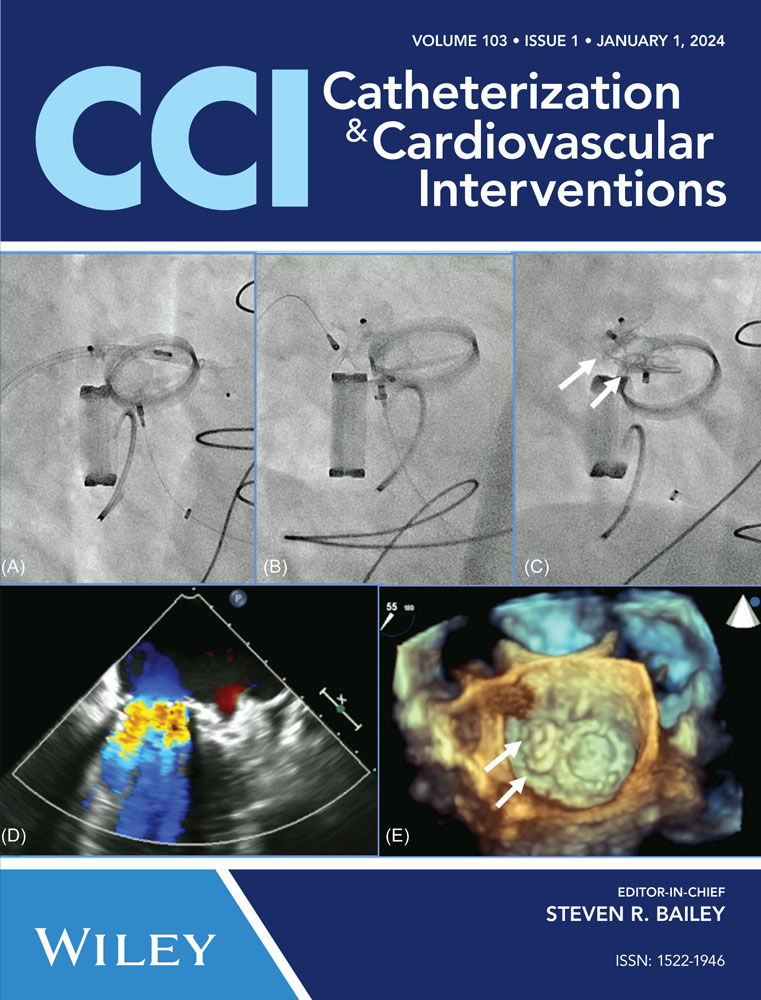Effects of atherectomy on major adverse limb events for femoropopliteal interventions: Vascular Quality Initiative registry
Abstract
Background
Atherectomy use in treatment of femoropopliteal disease has significantly increased despite scant evidence of benefit to long-term clinical outcomes.
Aims
We investigated the clinical benefits of atherectomy over standard treatment for femoropopliteal interventions.
Methods
Using data from the Society of Vascular Surgery's Vascular Quality Initiative (VQI) registry, we identified patients who underwent isolated femoropopliteal interventions for occlusive disease. We compared 13,423 patients treated with atherectomy with 47,371 receiving standard treatment; both groups were allowed definitive treatment with a drug-coated balloon or stenting. The primary endpoint was major adverse limb events (MALEs), which is a composite of target vessel re-occlusion, ipsilateral major amputation, and target vessel revascularization.
Results
Mean age was 69 ± 11 years, and patients were followed for a median of 30 months. Overall rates of complications were slightly higher in the atherectomy group than the standard treatment group (6.2% vs. 5.9%, p < 0.0001). In multivariable analysis, after adjusting for demographic and clinical covariates, atherectomy use was associated with a 13% reduction in risk of MALEs (adjusted odds ratio [aOR]: 0.87; 95% confidence interval [CI]: 0.77–0.98). Rates of major and minor amputations were significantly lower in the atherectomy group (3.2% vs. 4.6% and 3.3% vs. 4.3%, respectively, both p < 0.001), primarily driven by a significantly decreased risk of major amputations (aOR 0.69; 95% CI: 0.52–0.91). There were no differences in 30-day mortality, primary patency, and target vessel revascularization between the atherectomy and standard treatment groups.
Conclusions
In adults undergoing femoropopliteal interventions, the use of atherectomy was associated with a reduction in MALEs compared with standard treatment.
CONFLICT OF INTEREST STATEMENT
The authors declare no conflict of interest.
Open Research
DATA AVAILABILITY STATEMENT
The data that support the findings of this study are available from the corresponding author upon reasonable request. The registry data underlying this article were provided by the Society of Vascular Surgeons' (SVS) Vascular Quality Initiative (VQI) under restricted use permission. The same data can be obtained from the source after an application and peer review process. The results of this study can be replicated following the statistical procedures described in Section 2.




